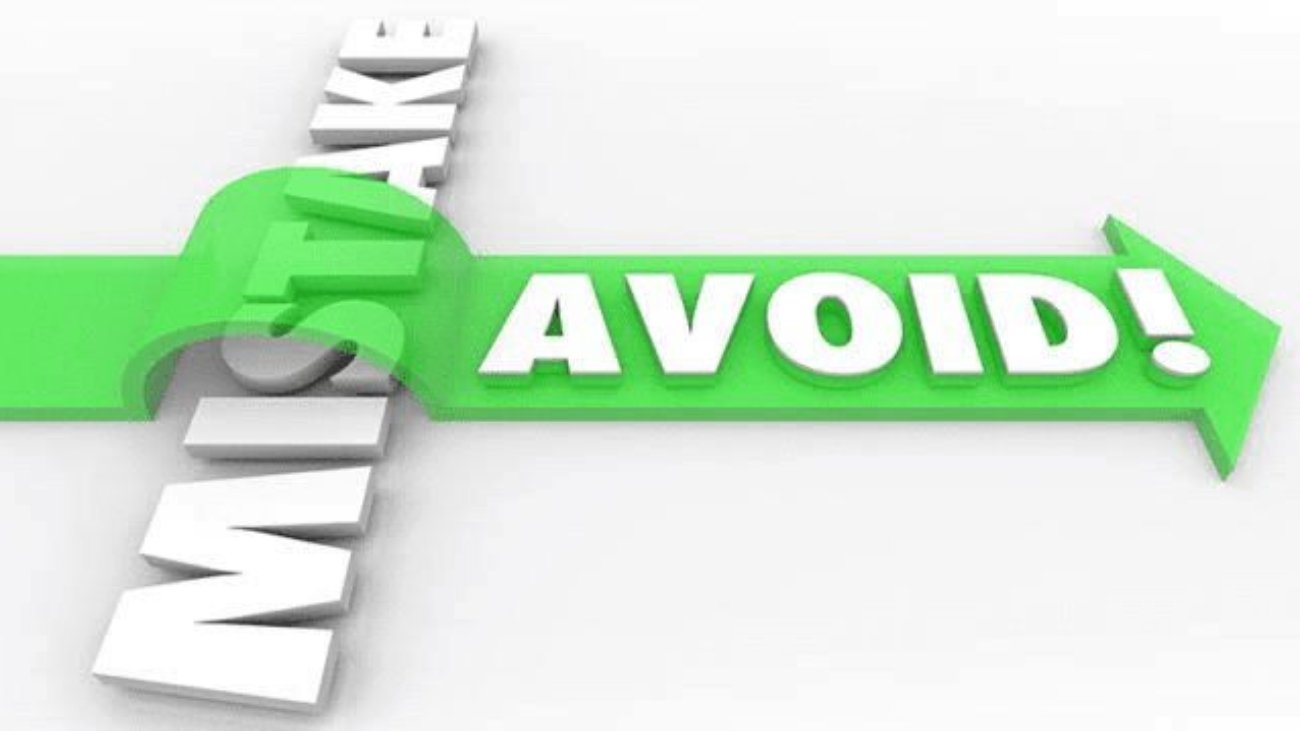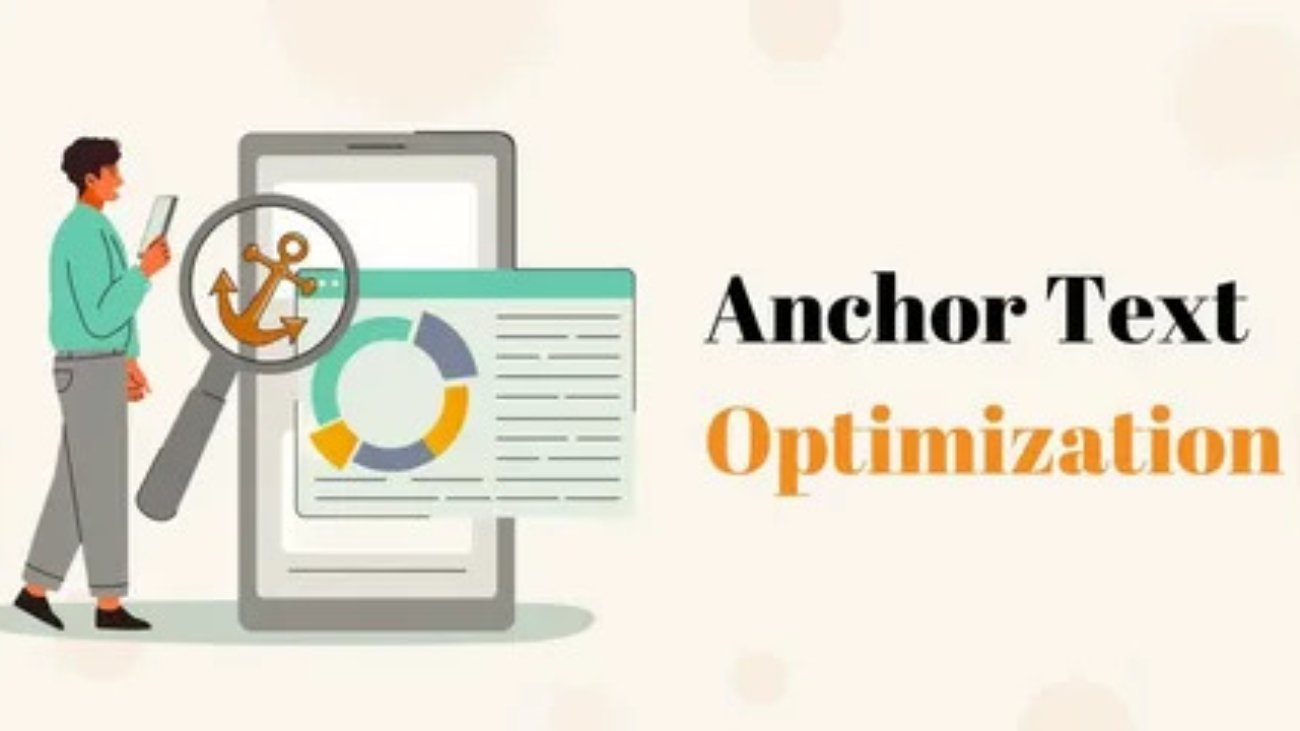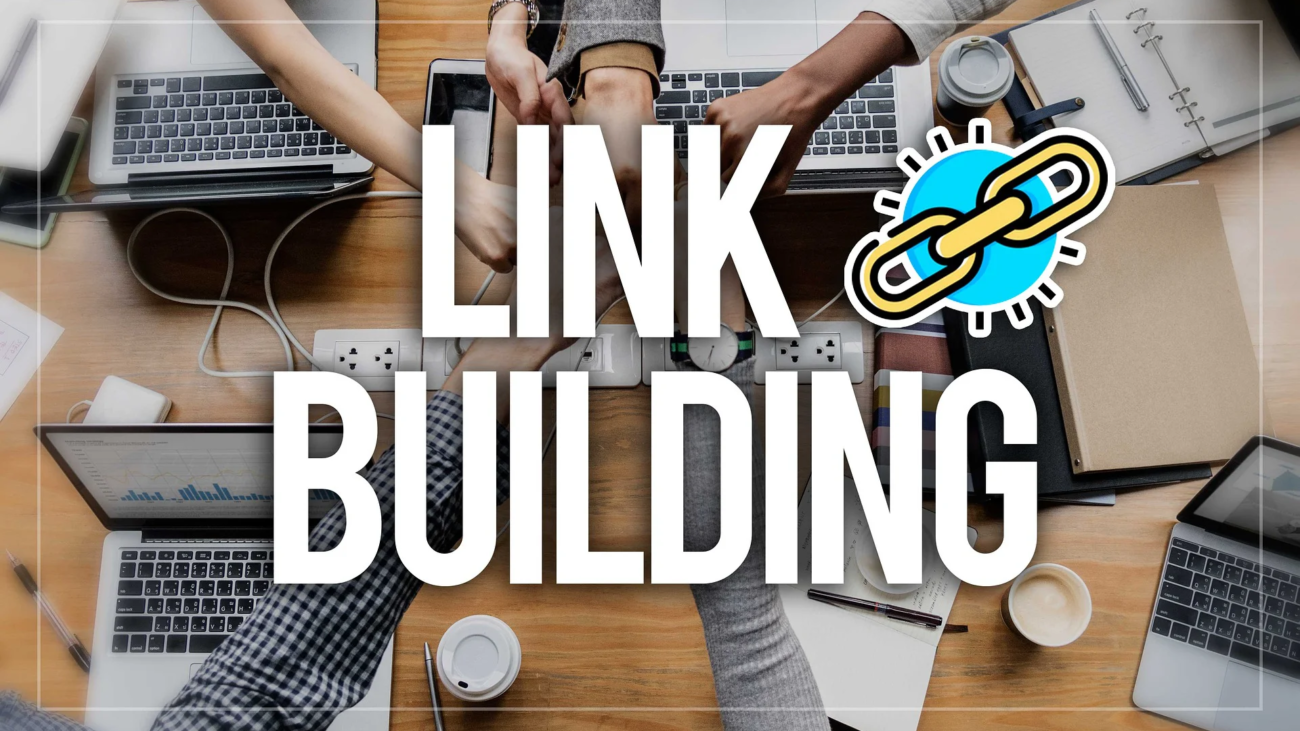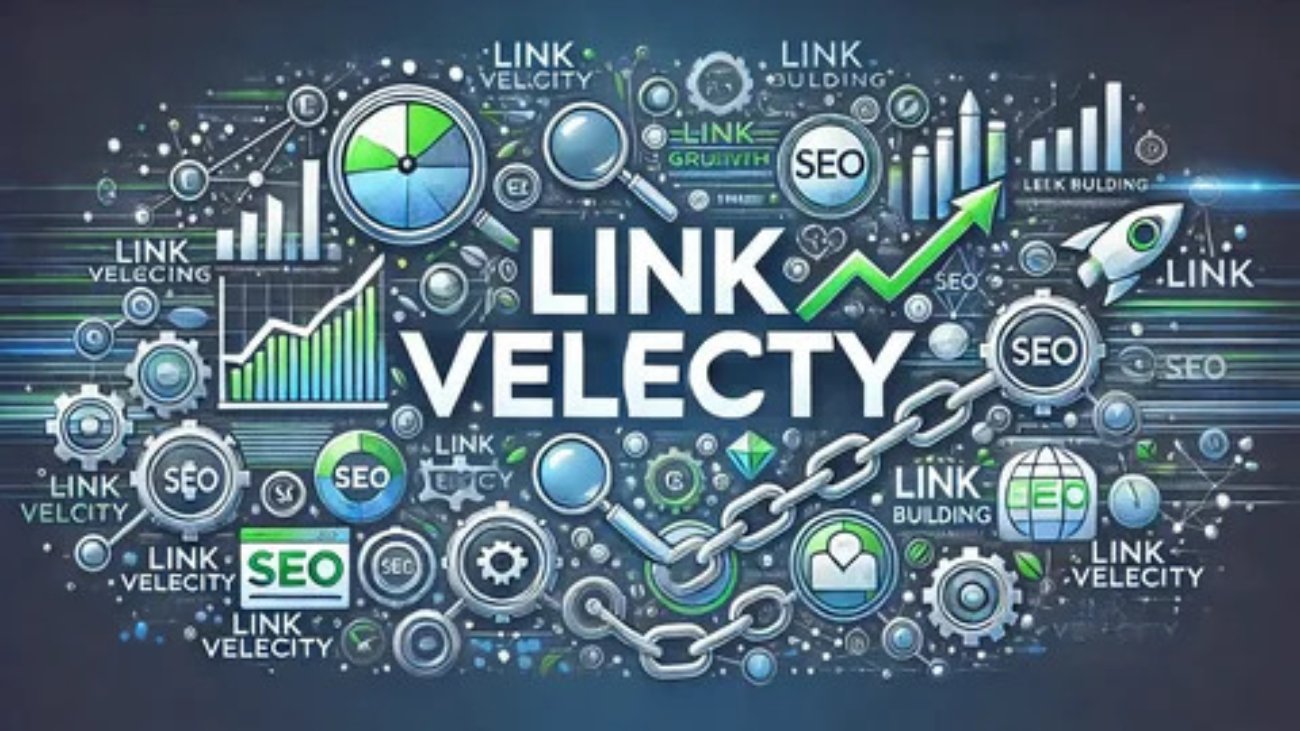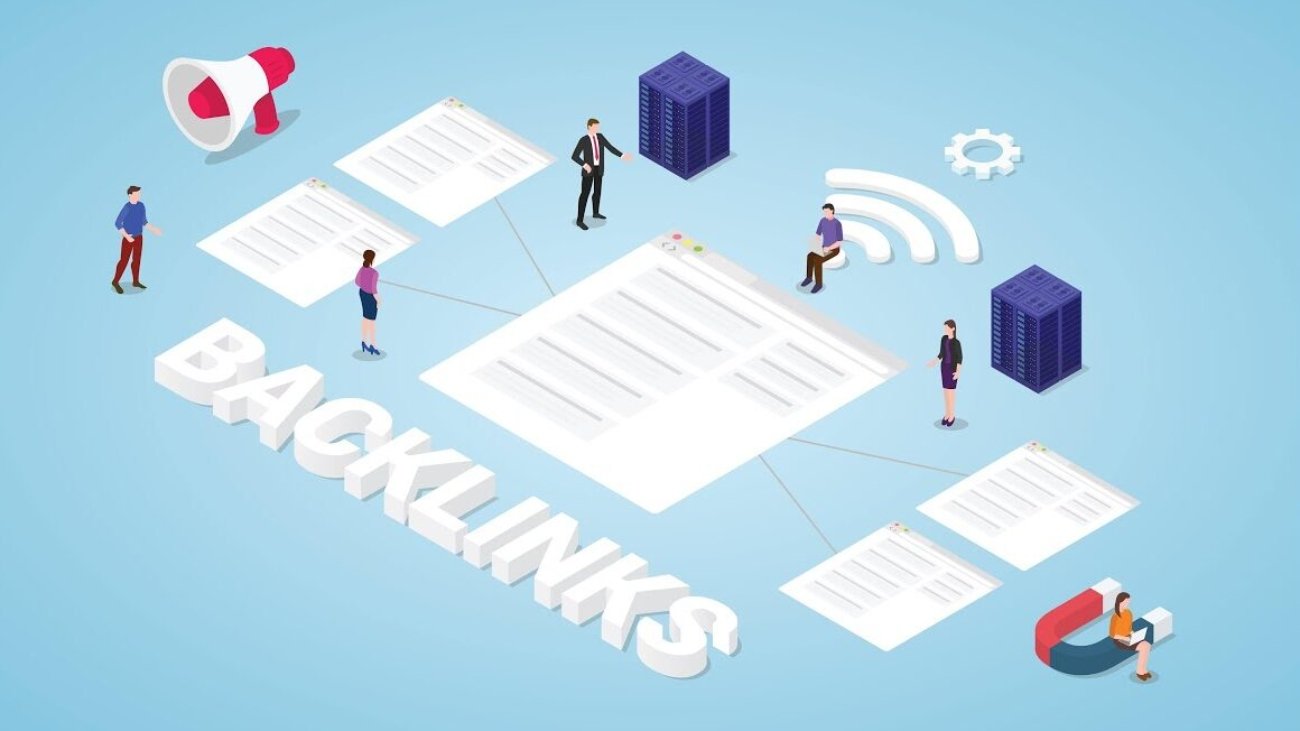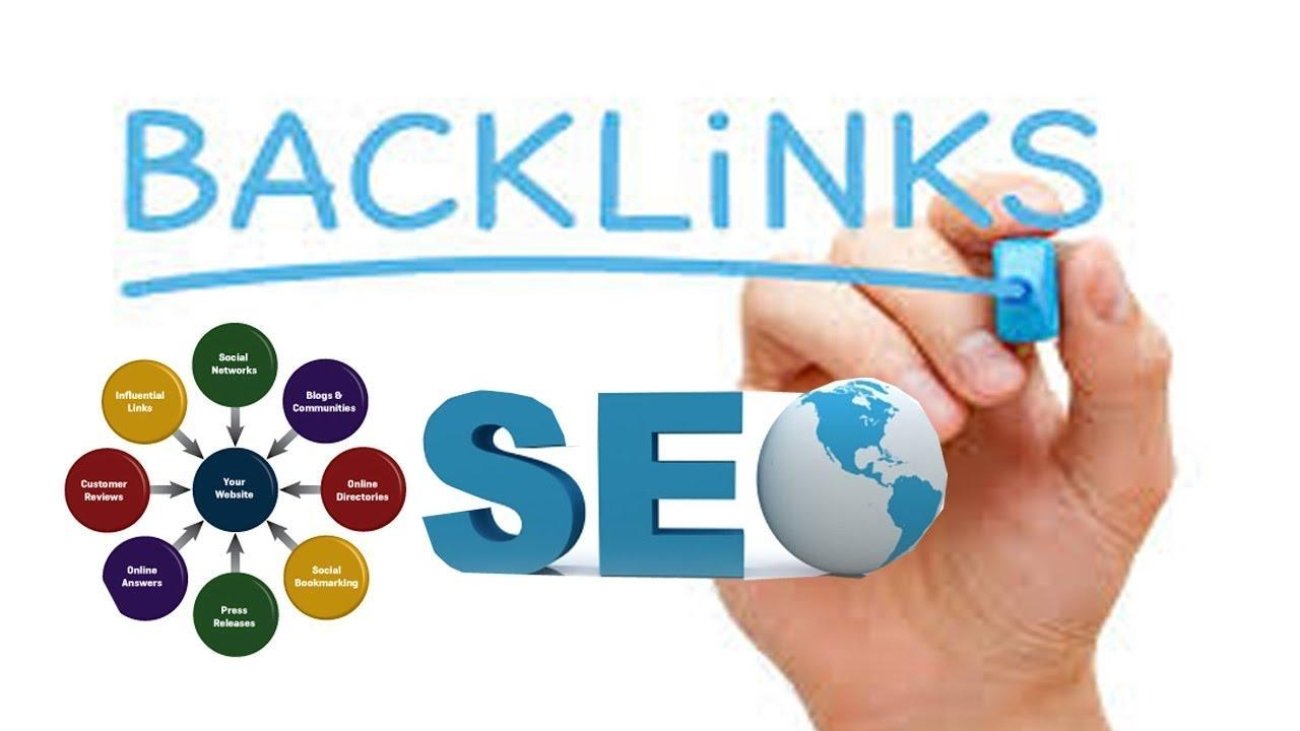Introduction
In the evolving world of SEO, strategies that once ruled the game are now under scrutiny. One such strategy is directory link building. Once hailed as a go-to tactic for quick backlinks and SEO juice, directory links are now a topic of debate among SEO professionals.
So, the big question stands: Are directory links still worth it in 2025?
Can they still boost your Domain Authority (DA), improve rankings, and contribute to a healthy backlink profile, or are they outdated and potentially harmful?
This article examines the current landscape of directory backlinks, including when to utilize them, when to avoid them, and how to effectively integrate them into your modern SEO strategy without incurring penalties.
What Are Directory Links?
Directory links are backlinks from online directories websites that list other websites based on categories, niches, locations, or industries. Think of them as the digital equivalent of the Yellow Pages.
These links are typically:
-
Submitted manually or through paid placements.
-
Categorized by industry, region, or profession.
-
Meant to increase website visibility, traffic, and credibility.
The Golden Era of Directory Link Building
In the early 2000s, directory submissions were SEO gold. Marketers submitted their sites to dozens (sometimes hundreds) of directories to quickly build backlinks and improve their search rankings.
Directories like DMOZ, Yahoo Directory, and Business.com carried weight because they were:
-
Human-reviewed, adding trust.
-
Highly trafficked and authoritative.
-
Easy to submit to for fast indexing.
But things have changed dramatically.
Why Directory Links Lost Their Shine
Google’s algorithm updates especially Penguin and subsequent link spam refinements began devaluing low-quality and manipulative backlinks. Many directories became spam hubs, filled with irrelevant, low-value listings and no editorial oversight.
Common issues include:
-
Thin content with no user engagement.
-
Mass link selling to unrelated industries.
-
Use by black-hat SEO spammers.
Google’s Stance:
Google explicitly warns against using low-quality directories to manipulate rankings. Their algorithm now focuses on link quality, context, and relevance, not just link count.
Are Directory Links Still Worth It in 2025?
Yes but only the right kinds of directory links.
✅ When Directory Links Are Worth It:
-
Niche-Specific Directories
-
Examples: Avvo (for lawyers), Health grades (for doctors), Clutch (for B2B agencies).
-
These provide high relevance and contextual backlinks.
-
-
Local SEO Directories
-
Google Business Profile, Yelp, TripAdvisor, and industry-specific regional directories help with local pack rankings and geo-targeted SEO.
-
-
Trusted General Directories
-
Only a few still matter, such as:
-
Better Business Bureau (BBB)
-
Chamber of Commerce
-
Crunchbase
-
Moz’s Recommended List
-
-
-
Citation Building for Local Businesses
-
Directory submissions help with NAP consistency (Name, Address, Phone) across the web, which is critical for local SEO.
-
❌ When Directory Links Aren’t Worth It:
-
Mass Submission Tools
-
Automated submissions to 1,000+ directories lead to spammy links and possible penalties.
-
-
Directories With No Traffic
-
If users don’t visit the directory, it’s not worth the backlink.
-
-
No Editorial Control
-
Avoid directories that publish anything with no review process Google sees through it.
-
-
Irrelevant Categories
-
A tech website listed under “Pet Care” won’t pass relevant link value and may even trigger a red flag.
-
Benefits of High-Quality Directory Links in 2025
If used strategically, directory links offer several advantages:
🔗 Authority & Trust Signals
Being listed on respected directories signals credibility to both users and search engines.
🌍 Improved Local SEO
Local directories help businesses rank in local map packs and build regional authority.
📈 Referral Traffic
Some directories still drive real user traffic, especially niche platforms where your target audience hangs out.
💼 Brand Visibility
Directories give your brand an extra listing on the web, enhancing online presence and trustworthiness.
How to Choose the Right Directory in 2025
Not all directories are equal. Use these criteria before submission:
| Criteria | What to Check |
|---|---|
| Relevance | Does the directory match your industry/location? |
| DA/DR Score | Use Ahrefs, Moz, or SEMrush to check authority. |
| Manual Review Process | Does someone approve submissions? |
| Traffic Potential | Is the directory getting organic traffic? |
| Spam Score | Avoid sites flagged by Moz’s Spam Score tool. |
Tools to Analyze Directory Quality
To avoid harmful directories, use these tools:
-
Ahrefs Site Explorer – Check backlink quality and DR.
-
Moz Link Explorer – Evaluate spam score and DA.
-
SEMrush Backlink Audit – Analyze toxicity.
-
Majestic SEO – View Trust Flow and Citation Flow.
-
Google Search Console – Monitor link profile.
Directory Link Building Best Practices (2025 Edition)
-
Start with Local Directories
-
Submit to Google Business, Bing Places, Yelp, and local chamber directories.
-
-
Prioritize Niche & Industry Directories
-
Find directories relevant to your service or product offering.
-
-
Ensure NAP Consistency
-
Your business Name, Address, and Phone should match across all listings.
-
-
Use Branded Anchor Text
-
Avoid stuffing keywords in directory listings—stick to brand names.
-
-
Monitor Your Submissions
-
Keep a spreadsheet of all directories submitted, with live links and login details.
-
-
Avoid Duplicates
-
Submitting the same listing to dozens of clones is a red flag.
-
Alternatives to Low-Quality Directory Links
If you’re tempted to use sketchy directories, consider better options:
-
HARO (Help a Reporter Out)
-
Guest Blogging on Authority Blogs
-
Digital PR Campaigns
-
Podcast Guest Appearances
-
Social Bookmarking Sites with Moderation
-
Industry Roundups
Final Verdict: Are Directory Links Still Worth It?
Yes but only if done right.
In 2025, directory links are no longer a numbers game. They’re about relevance, trust, and strategic use. While low-quality directories are outdated and potentially harmful, high-quality, niche, and local directories still offer real SEO value especially for local SEO and trust building.
Pro Tip: Treat directory link building as part of a diversified backlink strategy, not the foundation of it.
Real-World Examples: When Directory Links Worked
To illustrate their modern-day impact, here are a few real-life SEO case studies:
📌 Case Study 1: A Local Law Firm
A small law firm in Chicago improved its local SEO rankings by submitting its website to:
-
Avvo
-
Justia
-
FindLaw
-
Yelp
-
Google Business Profile
After ensuring NAP consistency and completing full profiles with reviews, the firm saw:
-
A 45% increase in organic local traffic
-
3x more leads from Google Maps listings
-
Improved rankings for “best personal injury lawyer in Chicago”
📌 Case Study 2: SaaS Startup Using Niche Directories
A new SaaS tool in the project management niche gained traction by submitting to:
-
Product Hunt
-
G2
-
Cap terra
-
Software Suggest
Within 90 days:
-
Their Domain Rating (Ahrefs) increased from 17 to 32.
-
G2 became their top referral source for trial signups.
-
They gained 12 high-authority backlinks that drove long-term traffic.
Insight: Smart directory links are still powerful in niche verticals and local ecosystems when aligned with user intent and quality guidelines.
How Directory Links Fit Into Your Overall SEO Strategy
Directory links are not a standalone strategy they must fit into a broader backlink and content plan.
Here’s how you should use them in 2025:
| SEO Goal | Role of Directory Links |
|---|---|
| Local SEO Visibility | Boost map pack and geo-targeted rankings |
| Citation Consistency | Strengthen NAP signals for Google trust |
| Trust Building | Get listed on reputable and editorial sites |
| Diversification | Balance your backlink profile |
| Referral Traffic | Leverage directories with active user bases |
Directory Submission Template for 2025
To maintain professionalism and consistency, here’s a directory listing checklist/template:
Basic Info to Include:
-
Business Name
-
Website URL
-
Physical Address
-
Phone Number
-
Business Email
-
Hours of Operation
-
Logo or Profile Picture
-
Short & Long Descriptions (with light keywords)
-
Social Media Links
Tips:
-
Always write unique descriptions for each directory.
-
Never keyword-stuff your business name or description.
-
Monitor and respond to reviews if the directory allows it.
Conclusion (Extended)
In summary, directory links in 2025 are all about quality, not quantity. While thousands of spammy directories have been devalued or ignored by search engines, high-quality, niche, and local directories still serve an important purpose in SEO especially for:
-
Establishing trust
-
Building early authority
-
Improving local presence
-
Creating citations for local businesses
If you’re strategic choosing only reputable directories, ensuring NAP consistency, and maintaining a clean backlink profile directory links can still be a valuable part of your SEO playbook.
Avoid shortcuts, audit your links, and integrate directory submissions as a foundational step not the entire structure of your backlink-building campaign.

